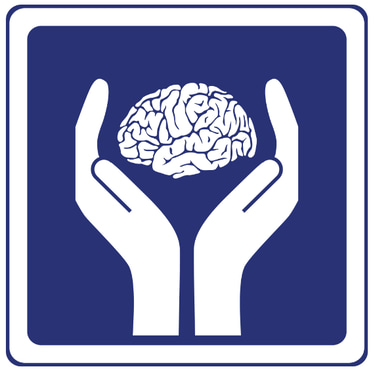Get much needed help ...
Lower Limb Rehabilitation Strategies for Stroke Recovery: A Practical Guide
Stroke rehabilitation focusing on lower limb function is crucial for regaining independence and mobility. The journey to recovery requires a structured approach combining targeted exercises with progressive challenge levels.
1/4/20251 min read


Early rehabilitation typically begins with bed mobility exercises to prevent complications and maintain joint flexibility. These include ankle pumps, heel slides, and supported leg raises. As patients progress, they transition to more active exercises that challenge balance and strengthen key muscle groups.
A fundamental aspect of lower limb rehabilitation is weight-bearing training. This starts with supported standing exercises, where patients can use parallel bars or a walker for stability. The focus here is on weight distribution and developing awareness of the affected side. Simple weight shifts from side to side and mini-squats help rebuild proprioception and muscle control.
Core exercises play a vital role in supporting lower limb function. Bridge exercises, performed initially with assistance and progressing to independent execution, strengthen the hip extensors and core muscles while improving pelvic stability. These exercises form the foundation for more advanced movements.
Balance training becomes increasingly important as strength improves. Seated reaching exercises progress to standing balance activities, with support gradually reduced as confidence grows. Single-leg stance exercises on the unaffected leg help strengthen the affected side through cross-education principles.
Gait training incorporates specific exercises like marching in place, step-ups, and sideways walking. These activities challenge different muscle groups and movement patterns essential for walking. Resistance bands can be introduced to add challenge and build strength in specific muscle groups.
The key to successful rehabilitation lies in consistent practice and proper progression. Each exercise should be performed within the patient's capabilities while gradually increasing duration and complexity. Regular reassessment ensures the exercise program evolves with the patient's progress.
Remember that recovery patterns vary significantly among individuals, and exercises should always be performed under professional guidance to ensure safety and optimal outcomes.
